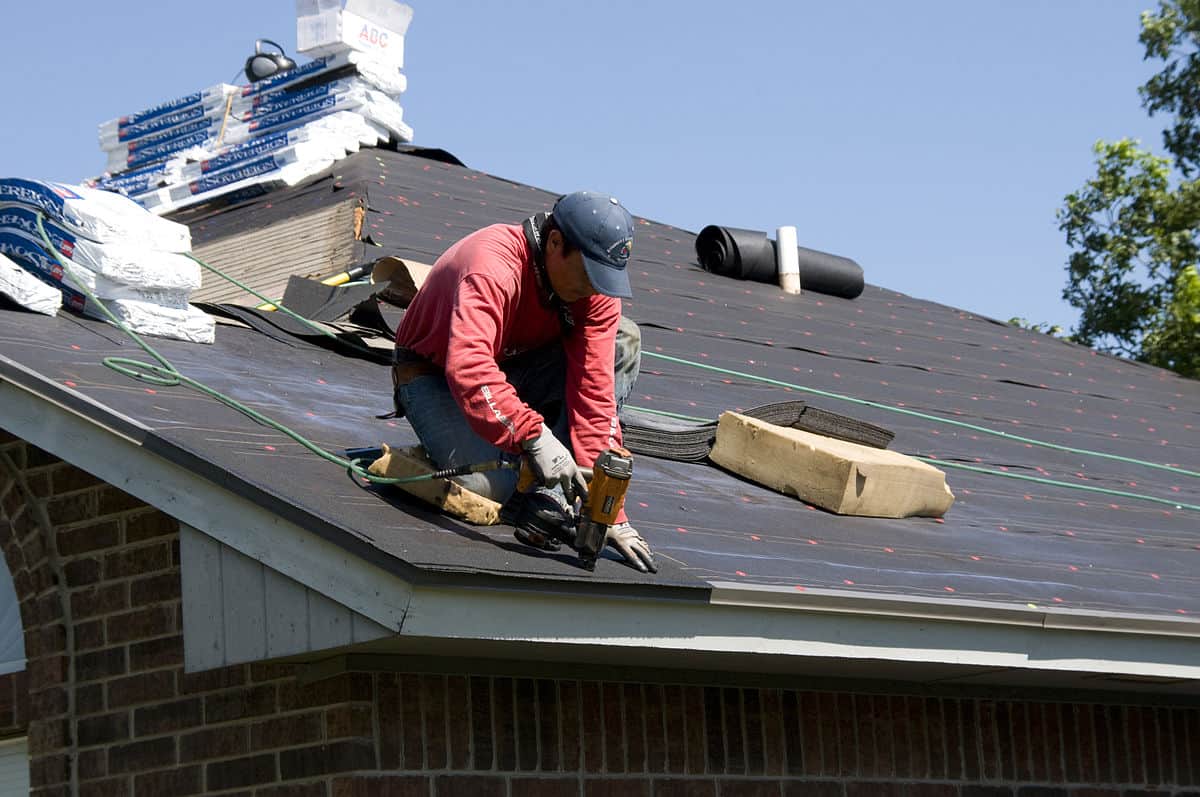Best Practices for Ensuring Proper Roofing Air Flow
A well balanced consumption and exhaust vent ratio, typically 1:300, plays a crucial duty, with consumption vents preferably placed at the reduced side of the roof for awesome air access and exhaust vents at the height for cozy air leave. Keeping insulation away from vents is crucial to prevent airflow limitation.
Understand Ventilation Basics
Properly comprehending ventilation essentials is essential for making sure the durability and performance of roof. Efficient ventilation reduces moisture accumulation and temperature extremes in the attic room, both of which can bring about significant architectural damages in time. A well-ventilated roof covering aids in avoiding usual problems such as mold growth, timber rot, and ice dams, which can compromise the honesty of the roof covering materials and the underlying structures.
The key objective of air flow is to assist in the movement of air, allowing for a consistent exchange in between the interior and exterior environments. This balance is achieved via a mix of consumption and exhaust vents that collaborate to maintain optimum air flow. Consumption vents, normally located along the soffits or eaves, enable fresh air to get in the attic room area, while exhaust vents, commonly situated at or near the roof covering ridge, make it possible for warm, humid air to run away.
Key factors affecting the effectiveness of roofing system ventilation consist of appropriate placement, adequate sizing, and ensuring that both consumption and exhaust vents are unblocked. Regular inspection and maintenance are crucial to determine potential blockages, damages, or inefficiencies in the air flow system, consequently securing the roof's performance and toughness.
Types of Roofing System Vents
Roof vents play a vital function in maintaining reliable attic ventilation and, by extension, the overall health and wellness of the roof. Various kinds of roof covering vents are available, each with unique advantages tailored to certain roofing needs. Ridge vents, for instance, are mounted along the roofing's peak, enabling warm, moist air to leave from the attic. They use constant air flow and blend flawlessly with the roofline, making them both effective and aesthetically pleasing.

Soffit vents are mounted under the eaves and operate in tandem with roofing vents to ensure a balanced intake and exhaust system. By allowing cooler air to enter from below, soffit vents assist in the expulsion of warm air via upper vents. Gable vents, situated on the outside wall surfaces of the attic, offer another reliable remedy, specifically in homes with gable roof coverings.
Examine Your Existing Air Flow

Following, think about the age and problem of your roofing products and air flow elements. Older systems might not adhere to present building regulations or may have weakened gradually, reducing their effectiveness. Conduct an extensive assessment to identify any type of indications of deterioration, such as corrosion, damage, or spaces that can jeopardize the system's efficiency.
In addition, measure the attic room temperature and moisture degrees. High temperatures and moisture can suggest insufficient ventilation - roofing companies. Make use of a hygrometer and thermostat to get accurate analyses, contrasting them with exterior problems. Consistent discrepancies recommend possible concerns that need attending to.
Installment Best Practices
Reliable installation of roofing air flow systems is vital for making sure ideal performance and durability. Proper installment begins with comprehending the details ventilation demands of the building and the roof it covers. This entails computing the correct proportion of consumption to tire vents, typically visit the site sticking to the 1:300 regulation, which states one square foot of air flow for every single 300 square feet of attic flooring space.

The positioning of vents is equally essential. Consumption vents ought to be set up at the roofing system's reduced edge, frequently in the soffits, to enable cool air to get in. Exhaust vents, on the various other hand, ought to be mounted near or at the roofing's top to help with the departure of warm, damp air. This produces a natural air flow that helps preserve temperature and dampness equilibrium within the attic area.
Seal all vent links diligently to avoid air leakages and potential water infiltration. Usage top quality materials and adhere to manufacturer standards to make certain durability and effectiveness. Additionally, integrating ridge vents with baffles can dramatically improve air flow performance by stopping wind-driven rainfall and snow from getting in the attic room.
Inevitably, accurate setup of roof covering air flow systems reduces possible concerns such as mold development, ice dams, and structural damages, guaranteeing the roofing's integrity and the building's general health and wellness.
Normal Maintenance Tips
Consistency in maintenance techniques is essential to guaranteeing the long-term efficiency of roof ventilation systems. Throughout these inspections, make sure that vents are totally free of particles, nests, and various other blockages that could why not find out more impede air flow.
Cleansing the vents is one more necessary job. Utilize a soft brush or a vacuum cleaner to eliminate dirt and particles from intake and exhaust vents. Beware not to damage the air vent screens or louvers during the process. Additionally, evaluate the attic area for any kind of indicators of water damages, which can compromise the honesty of the roof.
Appropriate insulation is equally essential. Make sure that attic insulation does not block the vents, as this can severely limit air flow. Reposition or replace it to maintain a reliable obstacle. if any kind of insulation has actually shifted or settled.
Last but not least, replace any damaged or missing parts promptly. Damaged vents, fractured shingles, or deteriorated flashing can all contribute to poor air flow and ought to be dealt with right away. Routine maintenance ensures that the roofing ventilation system operates optimally, consequently prolonging the lifespan of the roofing itself.
Conclusion
Making sure appropriate roofing ventilation is critical for keeping the efficiency and longevity of a roofing system. Adherence to the 1:300 consumption and exhaust vent ratio, coupled with the critical placement of vents, is important. Normal semiannual examinations, particles cleaning, and making certain insulation does not block air flow are crucial practices. her explanation Executing these ideal techniques will certainly foster a well-ventilated roof, thus reducing possible problems connected to moisture buildup and excessive heat, eventually prolonging the roofing system's life expectancy.
A balanced consumption and exhaust vent ratio, frequently 1:300, plays a critical role, with consumption vents preferably placed at the reduced edge of the roofing system for awesome air entry and exhaust vents at the peak for cozy air exit. Intake vents, typically situated along the eaves or soffits, permit fresh air to go into the attic space, while exhaust vents, typically situated at or near the roofing system ridge, allow warm, moist air to leave.
Soffit vents are installed under the eaves and job in tandem with roof vents to make sure a well balanced consumption and exhaust system. By permitting cooler air to enter from below, soffit vents promote the expulsion of hot air with top vents. Adherence to the 1:300 intake and exhaust air vent proportion, coupled with the calculated placement of vents, is essential.